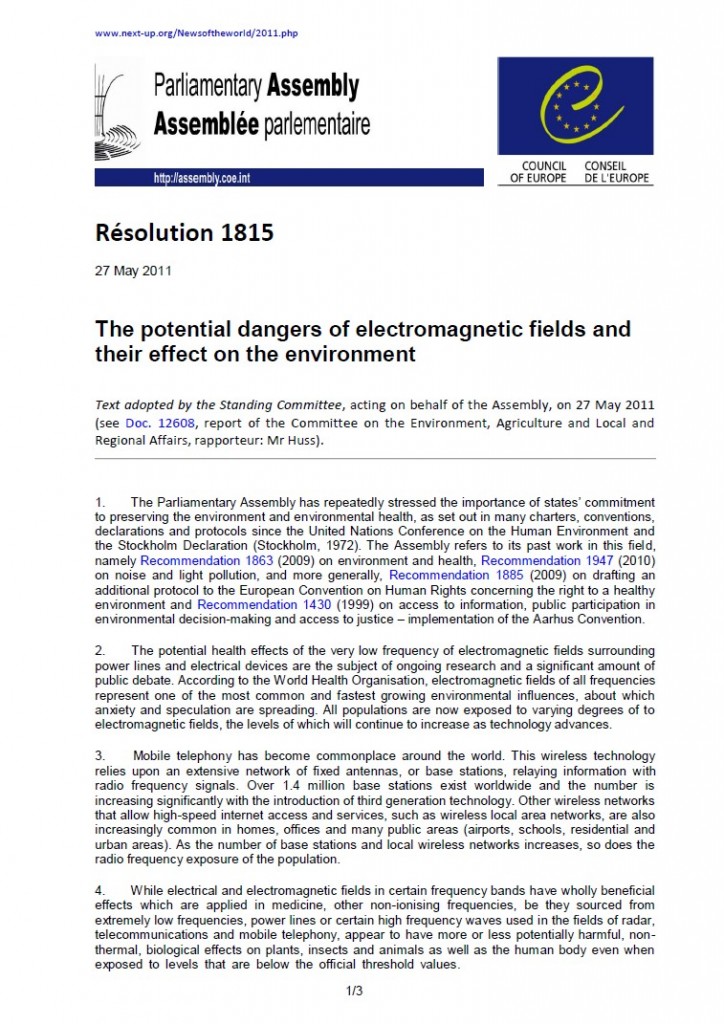Portada del sitio > Estudios Científicos > Capítulo de la Enciclopedia Internacional de Neurociencia
Ross Adey
Capítulo de la Enciclopedia Internacional de Neurociencia
Sábado 19 de noviembre de 2005 · 2359 lecturas
International Encyclopedia of Neuroscience.
Third Edition; B. Smith and G. Adelman, editors.
Elsevier, New York
Author: W. Ross Adey
Distinguished Professor of Physiology
Loma Linda University School of Medicine
Loma Linda California 92354 USA
Keywords: mobile phone fields
frequency modulation
digital modulation
cognitive effects
sleep EEG
waking EEG
cerebral blood flow
blood-brain barrier
intercellular tight junctions
Brain interactions with RF/microwave fields generated by mobile phones
W. Ross Adey
Neither radiofrequency (30 kHz-300MHz) nor microwave fields (300-3000 MHz) exist as significant
components of the natural terrestrial electromagnetic environment. In consequence, our human generation is
the first to voluntarily expose itself to artificial RF/microwave fields that cover a wide spectrum of
frequencies and intensities. In general suburban environments, these newly introduced fields now have
average intensities around 1 �W/cm2 (4V/m). Typical mobile phones radiate an average power of 0.2-0.6 W.
When hand-held and operated close to the head, background levels are sharply distorted, with 40 percent of
radiated phone energy absorbed in the hand and the head ([Kuster et al., 1997]). In this mode of operation, a
mobile phone may be regarded as a quite powerful radio transmitter. Its emission at the head surface is
typically 10,000 times stronger than fields reaching the head of a user standing within 30 m of the base of a
typical mobile phone relay transponder mounted on a tower 30m above ground...







